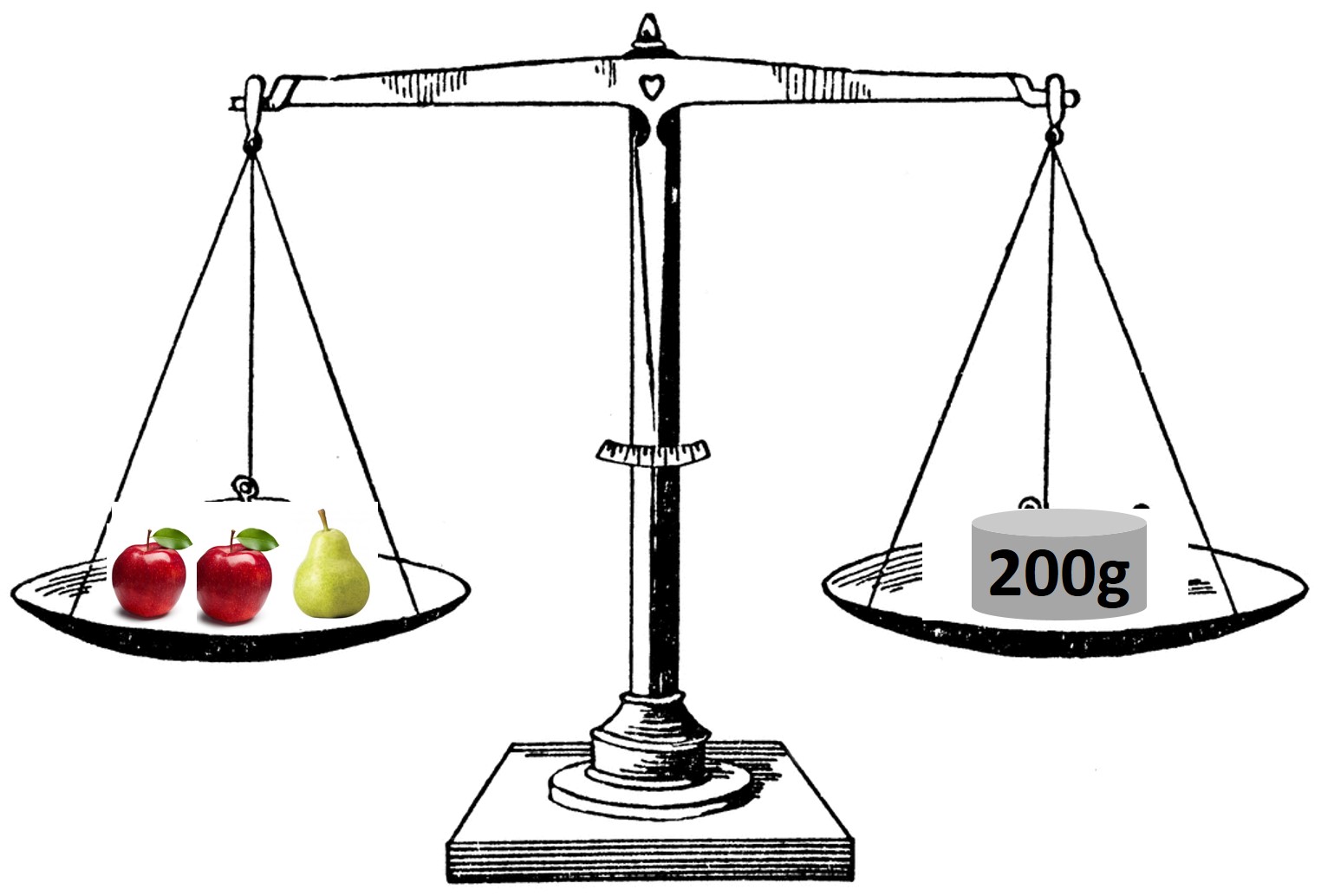For the things of this world cannot be made known without a knowledge of mathematics.
Teaching Strategies
Two major technical contributors to the students’ difficulties with rearranging equations are (1) lack of understanding of the concept of equality and balancing equations, and (2) strong misconceptions of an algebraic and conceptual nature. It seems that mathematical fluency in the topic of transposition can only be acquired if one has formed a strong conceptual understanding of the principles while also managing not to form erroneous beliefs (misconceptions). What can be done to achieve this?
EMPHASISE THE CONCEPTS
Key concepts for rearranging equations:
- the concept of equivalent equations;
- doing the same to both sides of the equation;
- simplifying equations by applying inverse operations.
|
An error analysis of students’ work has shown that one of the two major deficiencies is a lack of understanding of the equality sign and how equivalent equations are generated. The lack of conceptual understanding plays a major role in rearranging equations as without the deep understanding of what equations are, how they are formed and what the equality sign means, other algebraic skills become unproductive in the context of transposition. |
 |
Conversely, when a student has developed a solid understanding of the main concepts and principles, they should be able to apply them and rearrange any formula or equation, not just a particular set of easy or typical ones. To account for the above, teaching with a strong emphasis on conceptual understanding of balancing equations by applying inverse operation needs to precede the delivery of the method itself and practical work on rearranging equations.
Moreover, to foster a greater understanding of the fundamental principles and concepts, students need to be confronted with a variety of concept questions relevant to transposition. Examples of some concept questions can be found here.
DISPEL MISCONCEPTIONS
Another major contributor to the students’ difficulties with rearranging equations is a whole myriad of misconceptions that students hold about equations and manipulating them. In addition to this, there are also misconceptions related to the algebraic procedures involved in transposition of formulae. Students’ misconceptions are a known phenomenon with mathematics teachers and have been the focus of multiple studies. There is a general agreement in the literature that students’ misconceptions form barriers to further learning and need to be addressed and dispelled in class. Students can only benefit from developing good conceptual understanding if misconceptions are challenged simultaneously. The research into the topic suggests that, while necessary, focusing an intervention solely on cognition or motivation may not lead to improvement in algebra skills whereas a combined intervention approach that includes error reflection may be beneficial. The errors due to the above misconceptions are so common and persistent that they simply cannot be ignored and need to be resolved effectively. This can be done in a number of steps:
- deliberate teaching with an emphasis on the concept of balancing equations;
- use of ‘spot the mistake’ style exercises;
- bring attention to the issue of illegal ‘moving’ of entities across an equation and use constructive language;
- reinforce the necessary laws of algebra and principles of distributivity and simplification approaches prior to teaching more convoluted examples;
- challenge the students with concept questions relevant to rearranging equations and discuss the common misconceptions.
What might help to tie all the above ideas together and engage the students is a peer instruction approach.


